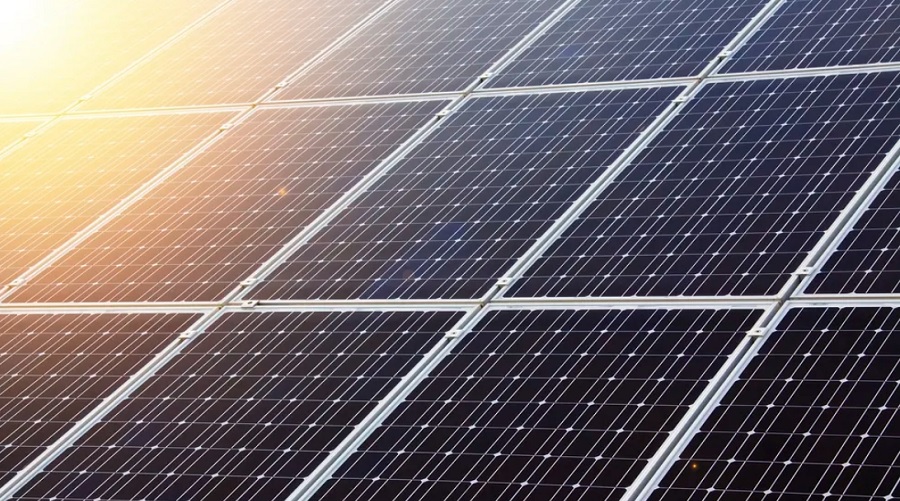EU photovoltaics project pushes for transparency, literally

The EU-funded IMPRESSIVE project has taken on the challenge of developing fully transparent photovoltaic cells that can be integrated into large surfaces such as windows in buildings, thus avoiding the issue of artificializing open fields with them and reducing natural spaces.
“Our aim was to develop PV technology that is totally non-intrusive, aesthetically pleasing, totally transparent and colourless while being efficient and low-cost,” Frédéric Sauvage, research director at the French National Centre for Scientific Research (CNRS) and project coordinator, said in a media statement.
Such a goal was not easy to accomplish as PV technologies are normally opaque or semi-transparent and can only be installed on roofs or in non or semi-transparent façades.
Sauvage and his team, thus, decided to address the problem by developing two absorbers: an efficient UV absorber based on perovskite solar cells; and a near-infrared (NIR) absorber based on dye-sensitized solar cells.
When combined, these technologies convert the sun’s energy with a power conversion efficiency of 14% and a level of average visible transmittance (AVT) greater than 55%.
IMPRESSIVE demonstrated that semi-transparent UV perovskite can reach more than 10% PCE with an AVT of approximately 60%.
“We showed, through our specific composition and device architecture, the possibility to pass the IEC61646 accelerated ageing test protocol, which is an important bottleneck solved towards industrialization,” Sauvage said.
In parallel, the CNRS has patented a new family of new NIR-selective sensitizers affording higher performance and stability and reaching excellent transparency when integrated into specifically optimized dye-sensitized solar cells.
“Our PV window allows the reduction of air conditioning during summer and heating during winter in buildings and domestic houses, owing to its internal technology which has specific absorption in one part of the NIR (800-1000 nm) and reflectivity in the other NIR region (> 1000 nm). We offer a window producing fully decarbonized electricity by making use of sunlight,” the researcher said.
More News
PDAC Video: Blue Lagoon preps for July gold production start in British Columbia
April 11, 2025 | 02:46 pm
Manganese X poised to begin pre-feasibility study at Battery Hill
April 11, 2025 | 02:39 pm
{{ commodity.name }}
{{ post.title }}
{{ post.date }}




Comments